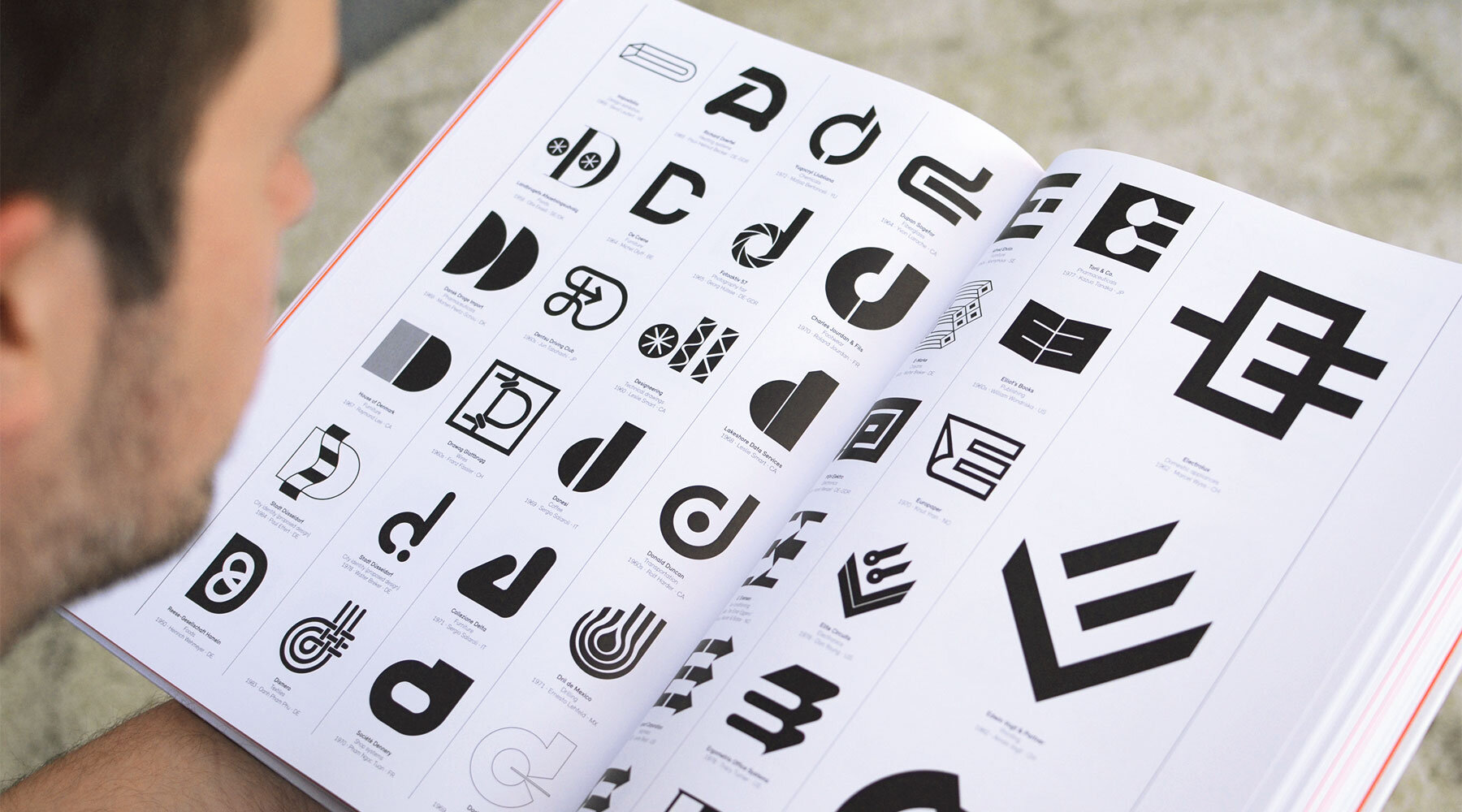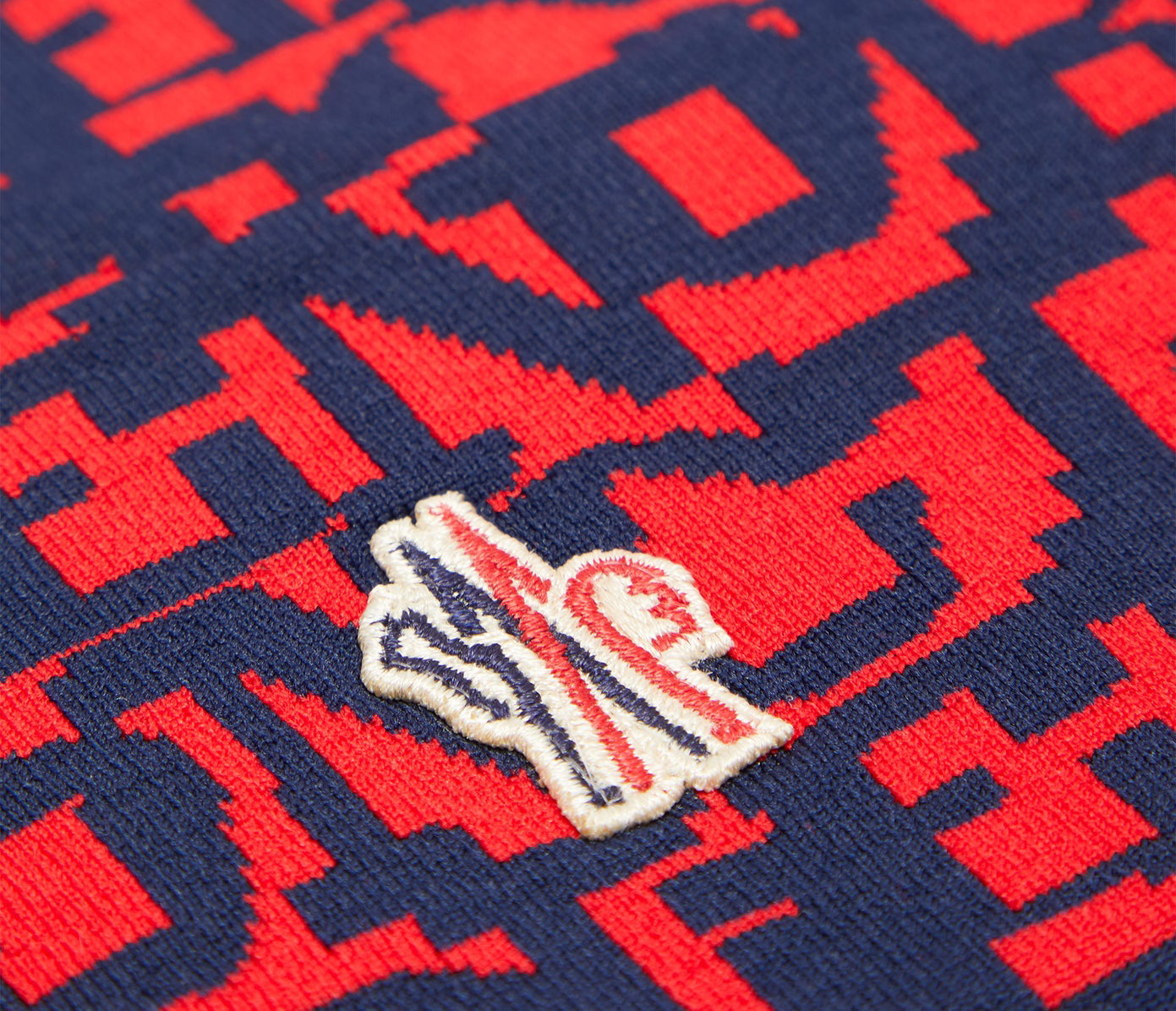Logo design has never been more important than it is today. After all, the days when logos could be haphazardly slapped together at the last minute are long gone. A logo is the cornerstone of your brand, and often the first impression you make on your audience. Today’s consumers are not only used to seeing logos — they feel passionately about them.
Consider the cautionary tale of Gap’s failed rebrand: after drastically changing their logo without notice in 2010, the outcry from brand loyalists was so overwhelming that the company scrapped it after just six days. On the opposite end of the spectrum, the revamped Apple logo that debuted in 1997 — the now-iconic silhouette of an apple with a bite out of it — was a major part of the rebranding campaign that many say saved the company, allowing it to eventually become a multibillion-dollar organization.
But there’s more than just anecdotal evidence backing the importance of logos. Here are just a few hard statistics that illustrate why your logo design should be a top priority:
Consistent branding can improve brand recognition by as much as 80 percent
Human brains process images 60,000 times faster than words
Consistent branding increases revenue by an average of 33 percent
At this point, your question shouldn’t be “Why do I need a great logo?” but instead, “How do I create one?” While there’s no single formula for how to make a logo, the exercises and information below will help you craft a unique, clear-cut logo that customers will appreciate — and maybe even come to love.
1. Get Inspired
Design doesn’t happen in a vacuum — even the most creative and unique logos are influenced by other works. So before you even start sketching preliminary ideas, it’s important to survey the landscape to get a better idea of what you do and don’t like. One activity I recommend is writing down three target words that you’d like your brand to embody. Then, start collecting examples of different brands that do a good job — or even a particularly bad job — of emulating these traits. Here are a few resources you can start with:
You don’t have to restrict your search to the confines of a book or website, though. Inspiration will often strike in your daily life, so give yourself a week or two to start taking pictures of things around you. Even if you’re busy, it’s important to carve out time for this inspiration to arise — this is a crucial phase of the design process. You can also ask your designer to put together some logo design mood boards in certain categories or aesthetics they’d recommend.
Once you’ve gathered enough examples, it’s time to articulate what it is that you like and dislike about them. Is there a particular style of typeface you’re drawn to? Do you like logos with illustrations in them? Which color palettes feel right for your brand? Discussing all of these things with your designer will help you both figure out how to make a logo that works for your business — and if you’re having a hard time expressing exactly what it is that makes you like or dislike a particular style, your designer can help you identify patterns.
2. Design With Intentionality
A great logo is so much more than just a pretty symbol. Logos must instantly communicate the look and feel of your brand, and prompt an emotional reaction from your audience. They should also be memorable and ownable — your logo should be distinct enough that it won’t be confused with another brand’s.
To do this, you’ll need to choose a designer who will work with you closely to understand your business, your company culture, your brand voice — everything that makes you unique — so that it can all come through in your logo. For example, maybe there’s a particular office dog that acts as an unofficial mascot for your brand, and could make for a great icon in your logo. Even if the influence isn’t quite that explicit, though, your brand personality should still be reflected in your logo. If it’s not, clients or customers could feel disengaged and disconnected, causing them to lose trust in your brand — and potential customers might ignore it altogether.
It’s also important to keep context in mind. Think: What’s the primary space where your logo will be applied? Of course, it should work well in any format, but being mindful of this while designing or giving feedback can be helpful. If you’re a clothing brand that plans on putting the logo in stitching on clothes or on the tag, designers should know how to make a logo without lines that are too fine or too close to one another. Nitty-gritty details like this may seem minor, but they can have a huge impact on your logo’s overall effectiveness.
3. Gut Check Your Logo Design
Don’t make the mistake of immediately choosing a particular logo after your designer presents a few options for you to review. Before you go all-in, you need to put the designs under the microscope to make sure that your logo of choice is not only attractive, but also serves its purpose well. Here are a few things to consider as you review designs:
Competitive Landscape: Are there logos in your industry that look similar? Do competitor logos use the same icon or mark, perhaps the same color? Are there businesses in your area that have nothing to do with your industry but use the same icon or mark or typeface? Asking these questions will help ensure that your logo fits in with your industry, while also standing out.
Scalability: Your logo should work equally as well on small scales as it does on large scales. To make sure it will work across a variety of different marketing materials, from business cards to your website to physical signage, put it to the test! Print your logo out at one inch tall or wide — whichever side is bigger — and see if it’s legible and clear.
Alternative Lockups: Your logo isn’t just one asset. It should include a full package, with both a full-color version and a grayscale version for dark and light backgrounds. It should also include alternate lockups for horizontal and vertical formats (unless your logo is symmetrical enough that you won’t need it). Make sure to get all of these logo files in both digital and print color spaces so you can easily apply your brand’s mark to all materials moving forward.
Logos aren’t just expected in today’s business world — they’re a driving factor of brand awareness that can ultimately make or break your relationship with consumers. And while learning how to make a logo that communicates everything you want it to is no easy feat, a thoughtful and thorough design process will seriously improve your odds.
Anastasia Salazar Ltd. is an independent design studio for tailored branding and digital designs. Reach out to learn how we can help you fuel growth and maximize your brand’s impact.



